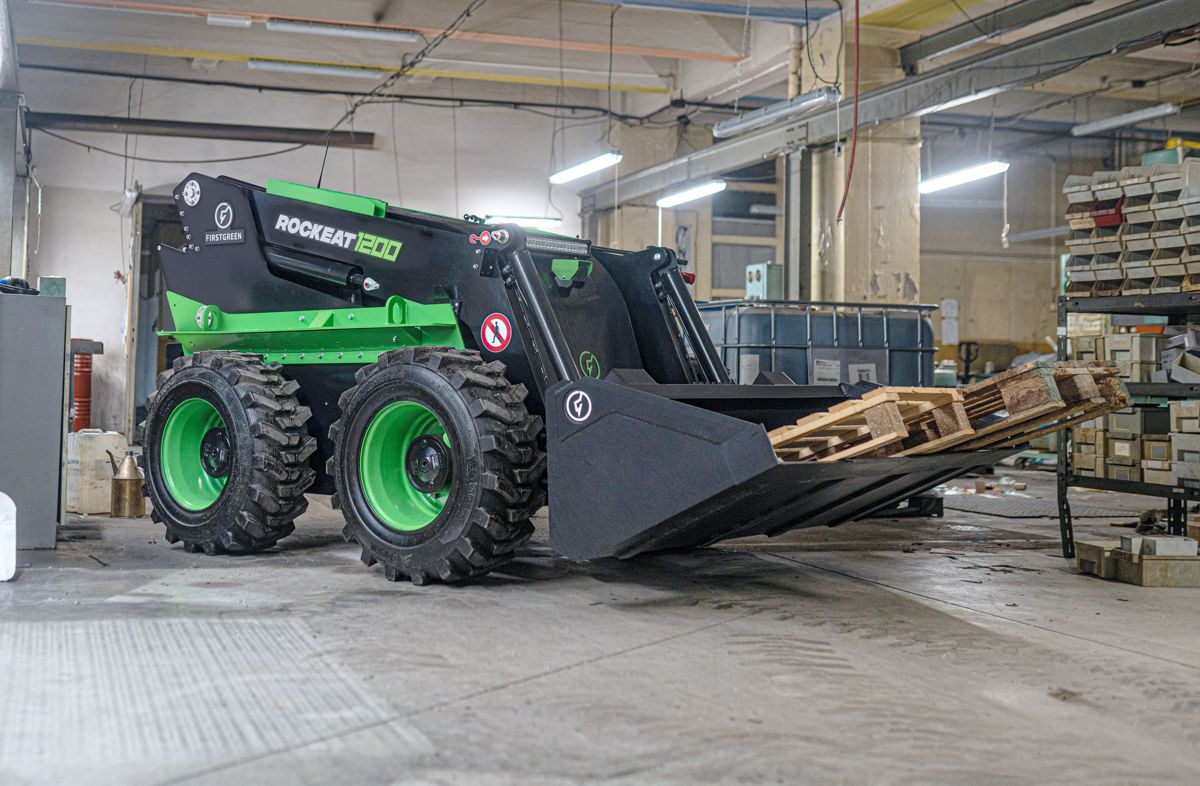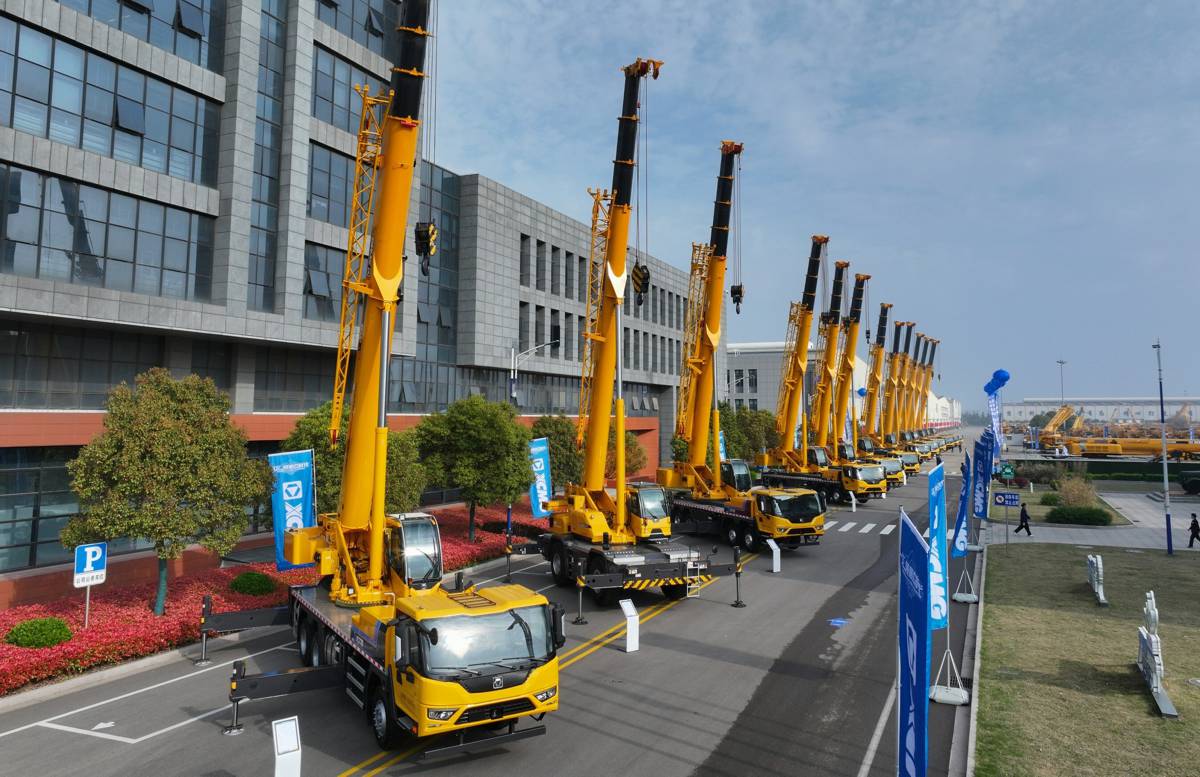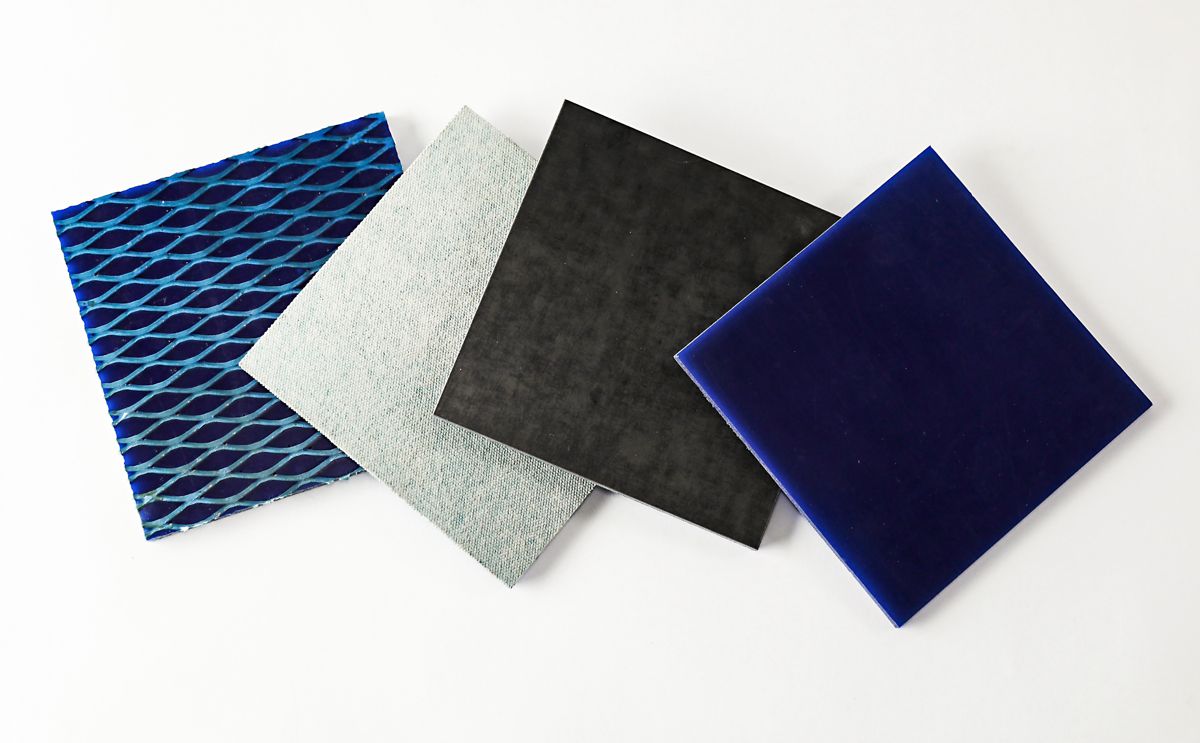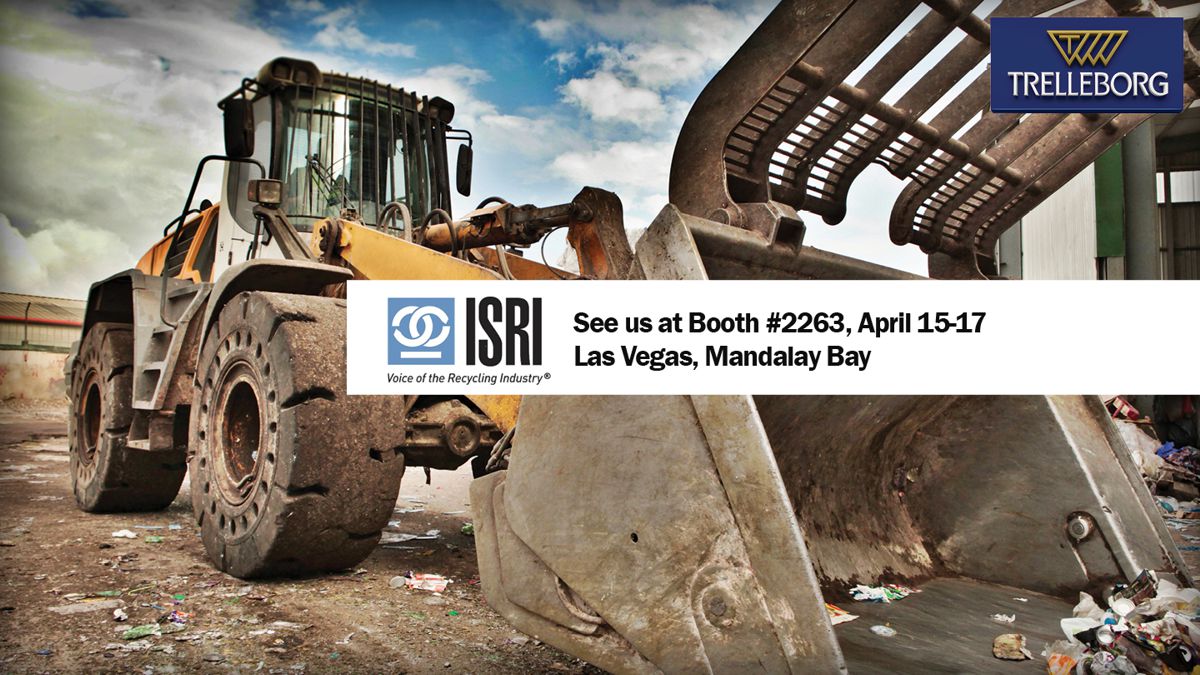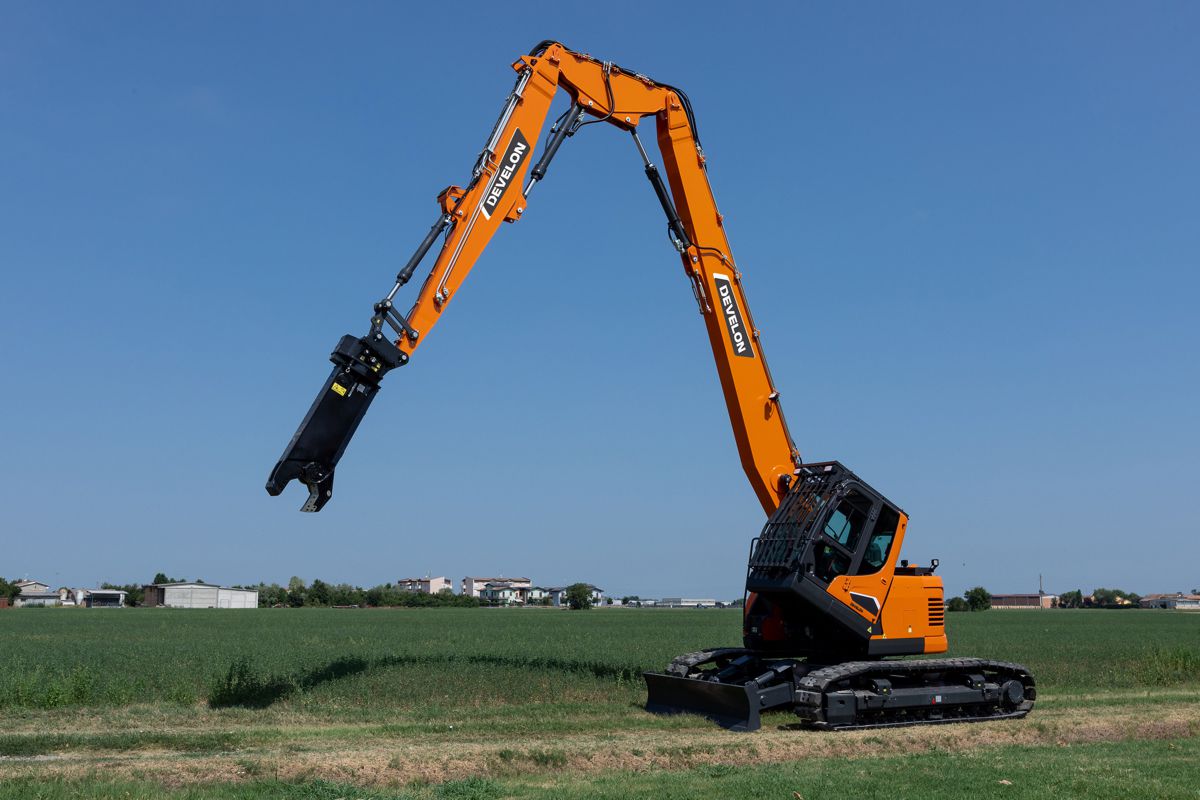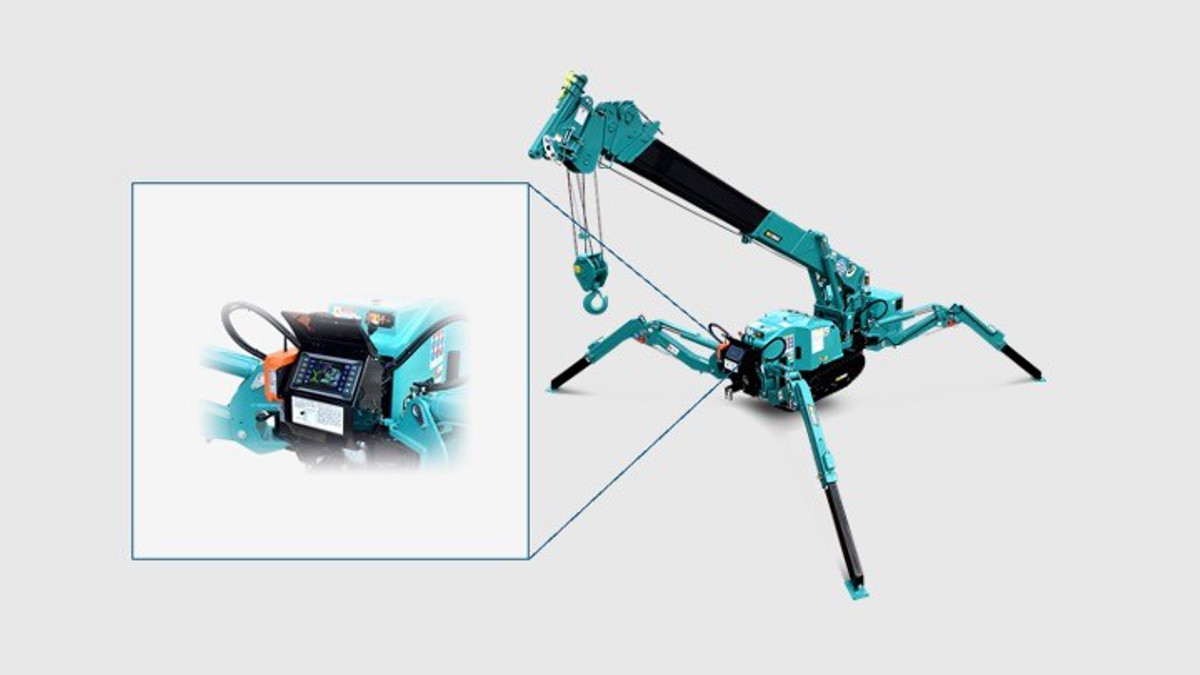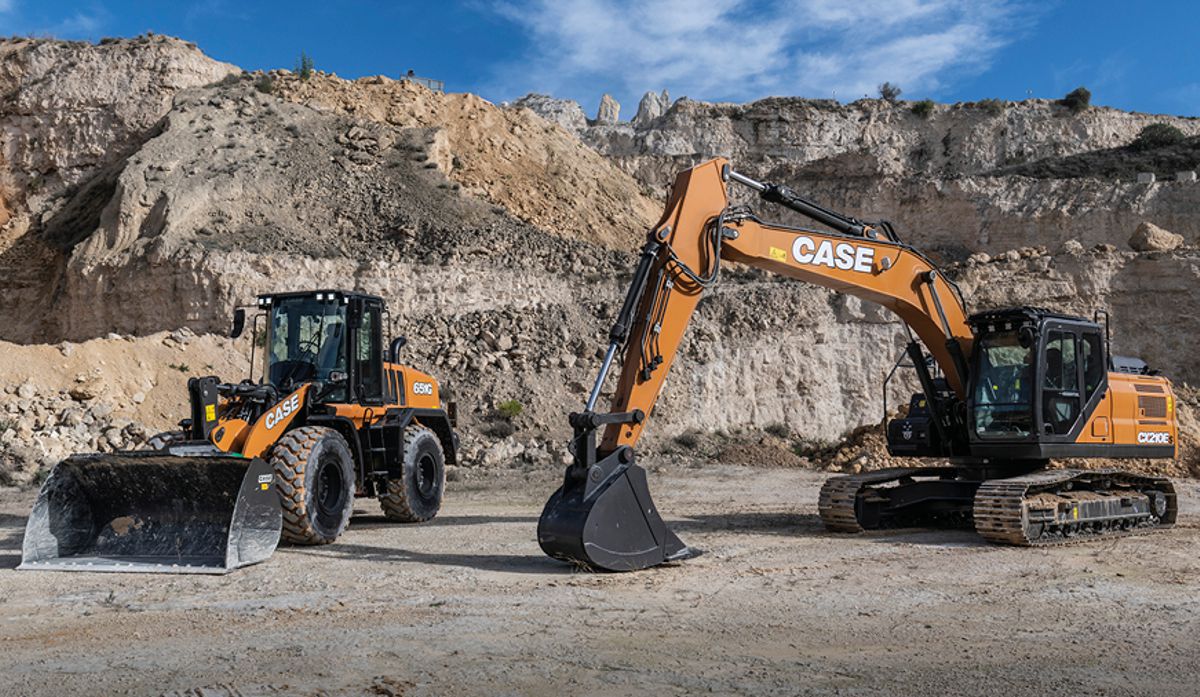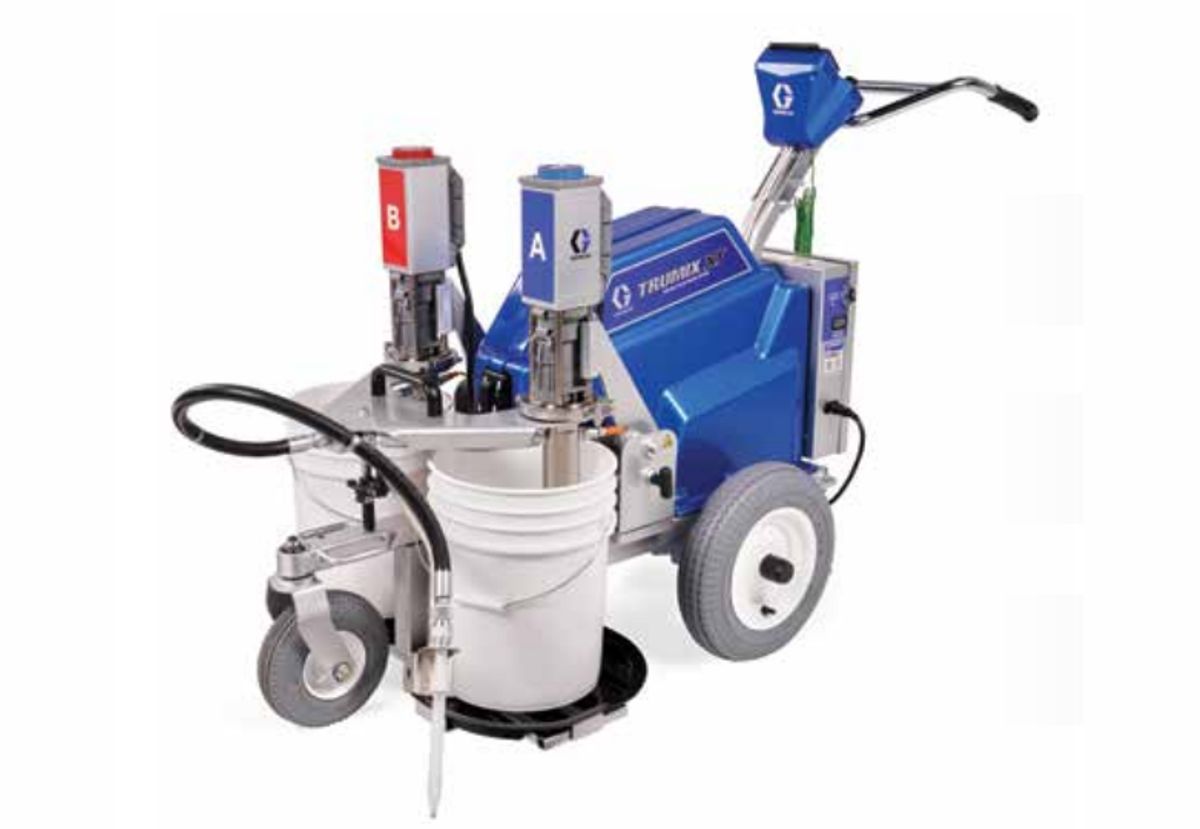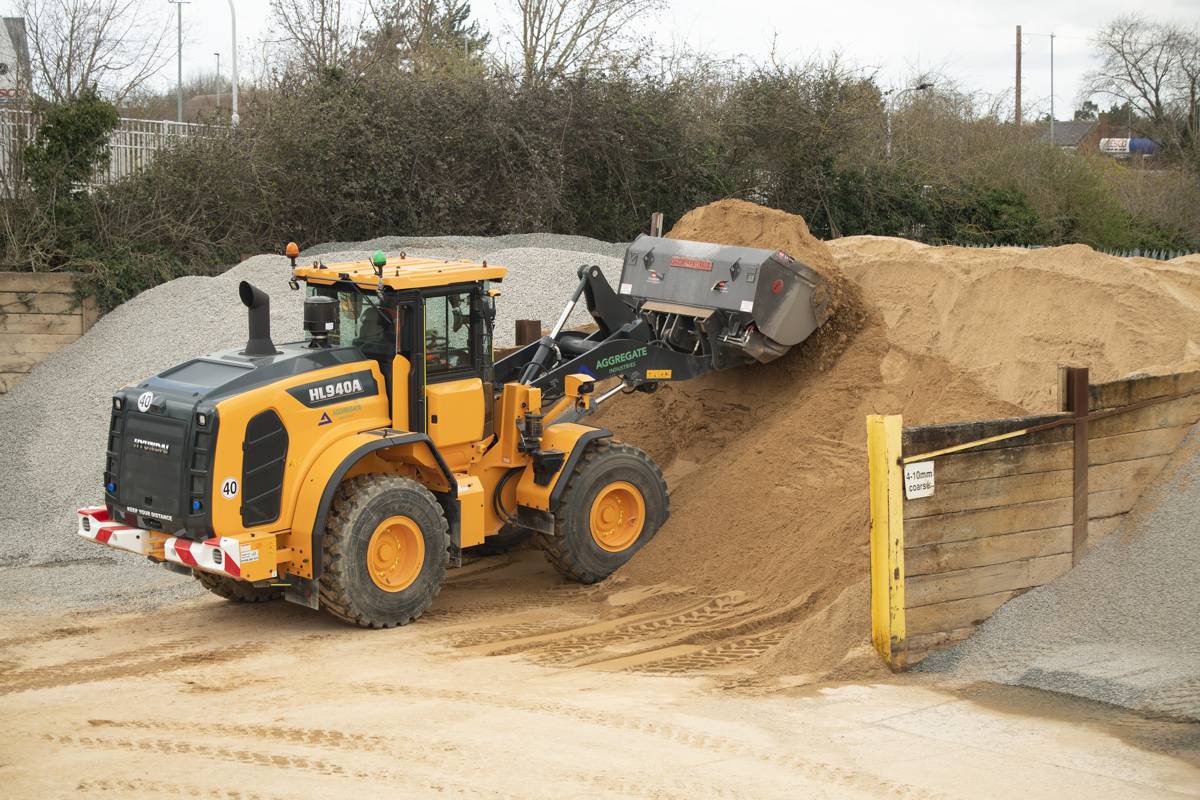A day in the life of a Volvo Technician in Kiruna
Working in Kiruna, a Swedish mining town above the Arctic circle, puts special requirements on a technician. One day, Anton Laitamaa is a thousand meters underground and the next, servicing machines in the new centre.
Outside, snow is falling, and beanie season has started for Anton Laitamaa. Today, however, he’ll be spending most of his day indoors. A machine at the far end of Swecon’s Kiruna workshop requires servicing.
“It’s medium-sized wheel loader used underground in the mine,” Anton explains.
When the machines used in LKAB’s iron ore mine in Kiruna require repairs, the work is usually carried out on site. Only particularly complicated problems warrant going through the trouble of transporting the machinery to the workshop.
Today is one such occasion.
“The wheel loader’s gears have started to slip, so I’m going to have to replace the gearbox. First, I’ll lift out the old gear box and then I’ll lift the new one into place. Then I’ll need to test and calibrate the new equipment.”
For as long as Anton can remember, he has been tinkering or working with machines. Even as a child growing up in the Torne Valley area of northern Sweden, he enjoyed taking things apart to see how they worked.
“When I was 13 or 14 years old I was allowed to buy a moped, but my mum told me that I wasn’t allowed to drive it off our property. I thought that was pretty boring, so I took the moped to pieces. Of course, this gave my mother a right shock. But she was happier when I put it back together again,” he recounts.
Anton has been working as a service technician for Swecon, Volvo CE’s dealer in Sweden, for almost ten years now. During this time, along with two other Swedish technicians and in hot competition with 425 teams from around the world, he has managed to bring home the bronze medal in the Volvo CE Masters competition, the company’s internal world championships for technicians.
A normal working day, however, is a little more ordinary.
“In the morning, I make my way here, get changed and wash the car. You check what jobs you have lined up, then get packed up and head out,” he says.
The environment 150 km north of the Arctic circle is something special. The mine has been Kiruna’s defining feature for more than 100 years. No matter where you are in the town, you can always see the dark silhouette of the classic ore-filled mountain, Kiirunavaara.
Mining has been going on underground for many decades, and in search of the coveted iron ore, LKAB has ventured ever deeper into the bedrock. The main level at which ore is extracted lies 1,365 meters below ground level.
The facility in Kiruna is the largest underground iron ore mine in the world. Under the ground lie kilometre upon kilometre of roads.
“From where we are, it’s a 16 kilometre roundtrip to the mine. But if I need to head underground, it can be 40 kilometres there and back,” Anton says.
Most of his working hours are spent out at various different worksites. The mine in Kiruna is naturally a frequent destination, as is the mine in Svappavaara, 50 kilometres away.
It’s also these mines that are in the centre of the biggest change in Kiruna’s history. To be able to expand the mine, LKAB is moving the entire city a few kilometres to the east. Due to the ongoing move, there is plenty going on above ground, too. Many construction machines used in the building of the new town centre are from Volvo CE, and in 2018 work will also be started on a new stretch of road forming part of European Route E 10.
“The job is very varied, and no two days are alike,” Anton says. “I’m not stuck doing the same thing every day. Sometimes you find yourself in the mine, 1,365 meters underground. The next day you might be at the Esrange Space Centre, servicing machines there.”
The wheel loader due for a brand new gearbox, sitting on the floor of the workshop, shows clear signs of having been used underground in the mine. White mining dust can be seen on its enormous wheels.
“And look at this,” says Anton, pointing at a spot of rust. “The water is incredibly aggressive underground, which means that everything starts rusting very quickly. Everything wears faster.”
The vehicles being used in Kiruna are subject to levels of strain that construction equipment elsewhere does not encounter.
“Ore is relatively heavy. It places a significant load on the machines,” Anton states.
But it’s not just the tough and particular environment that the machines in Kiruna are exposed to. They are also in use for extended periods of time.
“Elsewhere, a machine might be used for 6–7 hours a day. Here, they’re on the go for two, even three shifts in a row. That can mean 18–20 hours’ work a day. It certainly places a strain on them.”
This is where Anton Laitamaa and his colleagues at Swecon come into the picture. If the machines are to be kept going for longer, they require servicing and maintenance.
“I spend a lot of my time troubleshooting. I like solving problems – it’s what I’ve always done. When you fix a problem, it gives you a little buzz,” says Anton.
Volvo CE has a major market share when it comes to construction equipment in Kiruna. The project to move the town, along with the construction of the new centre and new infrastructure, means that contractors from other parts of Sweden are heading up to Kiruna for work.
For Swecon’s technicians, it poses a challenge when new machines arrive in the town.
“‘Machines are all individuals, and we know those that are already in Kiruna. When new ones appear, we don’t know them, and we don’t know how they’ve worked in the past, so we have to familiarize ourselves with their backgrounds,” explains Anton.
The wheel loader Anton is working on now is one of the machines he knows well. To mount the new gearbox, he uses an overhead crane which lowers the box into the machine. After the proper tests, it’s ready to work again – and Anton turns his attention to the next problem to be solved.






